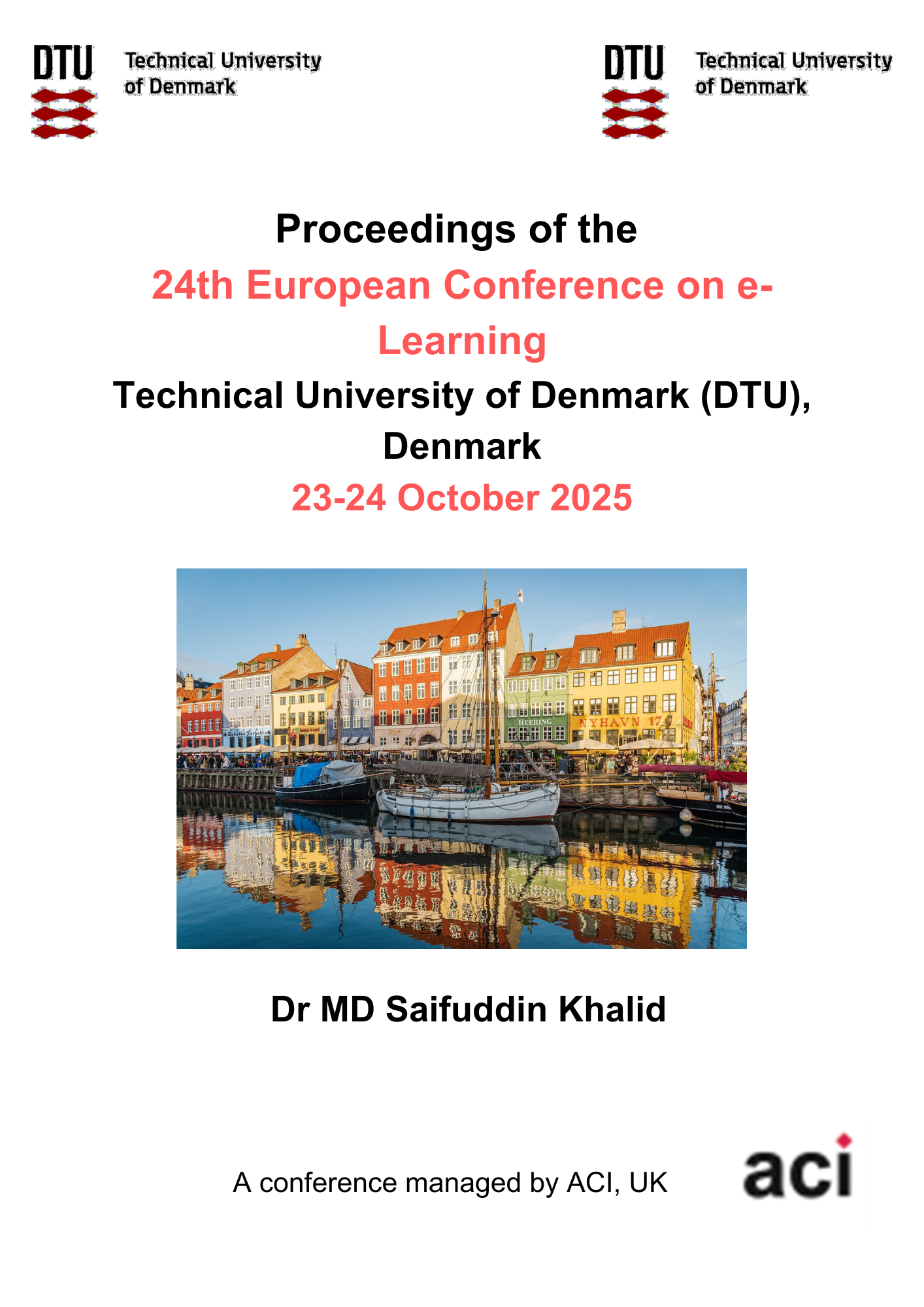From Scratch to Screen: Creating an Online Learning Centre
DOI:
https://doi.org/10.34190/ecel.24.1.4071Keywords:
Online Professional Learning, Virtual Learning, Online Learning, Professional Development, CanadaAbstract
This paper describes the foundation and implementation of a free, online virtual learning centre, the Edith Lando Virtual Learning Centre (https://elvlc.educ.ubc.ca) in the Faculty of Education at the University of British Columbia, Canada from June 2021 until the present. As we are by now quite familiar with, the COVID-19 global pandemic ushered in rapid changes to the way education was being delivered, while laying bare deep inequities. Within this altered educational landscape are opportunities for teacher professional development that were neither possible nor prevalent prior to the pandemic. For example, use of video conferencing technologies like Zoom or Microsoft teams might have been a reality for many, but they certainly were not in ubiquitous use, nor was zoom a household name before the pandemic took hold, but during and after, for business and pleasure, we continue to use those video conferencing technologies. This paper will begin with a review of professional learning for K-12 teachers that has been primarily delivered in online settings. While that landscape has changed post-pandemic, documenting what has changed is relevant to showing how the Virtual Learning Centre has been able to thrive. And while quite a lot of that literature focuses on online pedagogies (and better online praxis), the focus of the centre is not online teaching. Instead, it delivers just-in-time high quality professional learning for teachers and other educators in an online setting. The review of related literature is followed by a description of the centre, its goals and priorities, and the work that it has been doing. Following that is an analysis of the impacts the centre is having in its local and extra-local communities, and a discussion of how this model might be adopted in other contexts, both small and large, with a view to sustainability.





